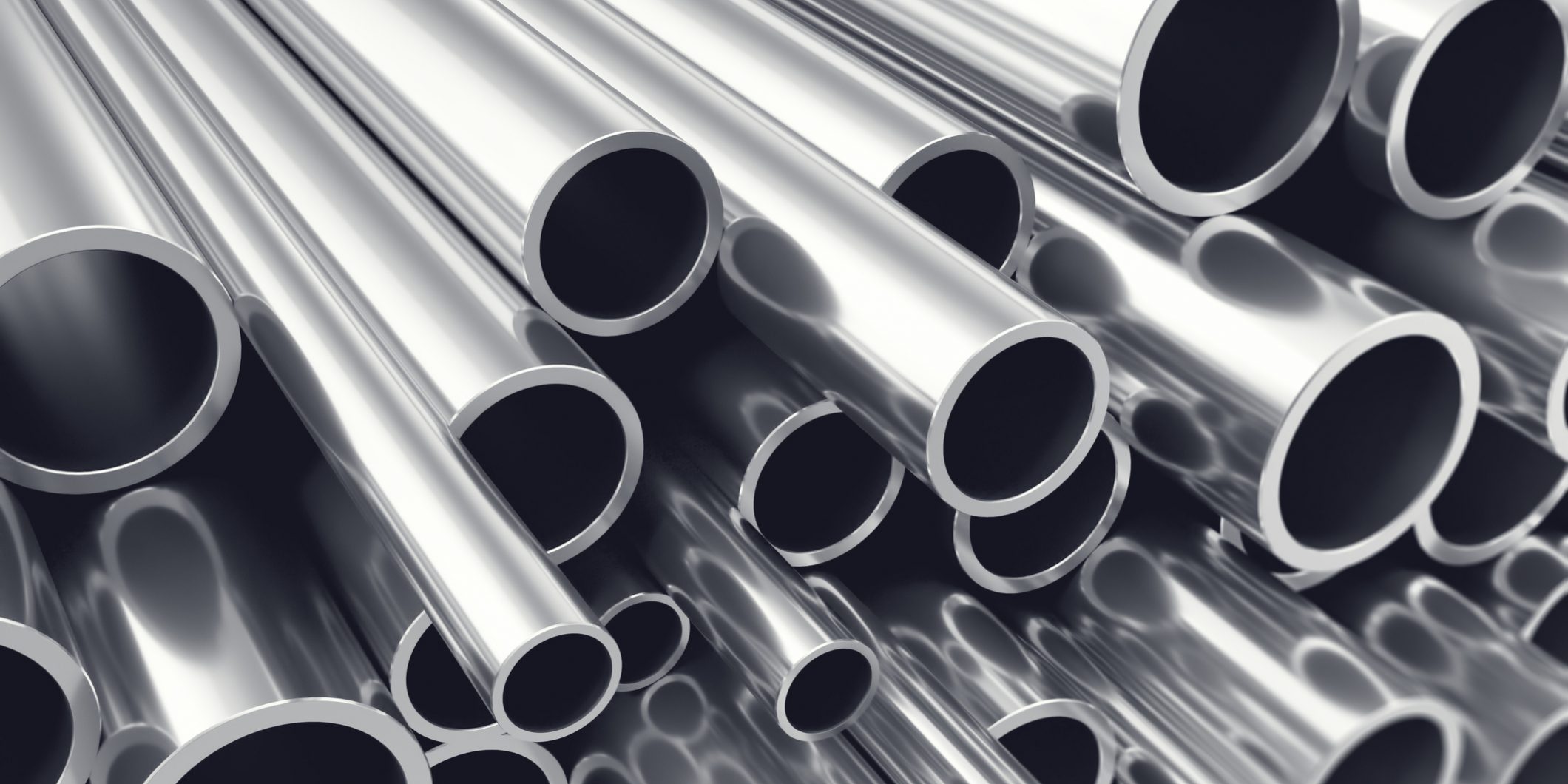U.S. Steel rebounded from all-time lows during the Great Recession, but despite a bull market since the early 2010s, the X stock price has failed to return to its all-time highs (well over $100 a share) in the late 2000s.
10 Stocks to Sell in Market-Cursed September
The economic upturn brought U.S. Steel back to profitability, but investors are wary of the company’s future. As a result, shares trade at a low valuation.
InvestorPlace – Stock Market News, Stock Advice & Trading Tips
Is X stock a value play? Or is the company your classic value trap? Let’s take a closer look at U.S. Steel stock and see if shares are an opportunity.
A Closer Look at X Stock
Over the past few years, U.S. Steel stock has returned to profitability. A booming economy drove revenue up from $10.3 billion in 2016 to $14.2 billion in 2018. As a result, the X stock price was as high as $38.89 per share in July 2018.
But steel prices have been in decline since May 2018. A decrease in demand has been matched with a rise in iron ore prices. U.S. Steel’s financial performance reflects this decreased demand. Net earnings for the quarter ending June 30, 2019 were $68 million. This is down from $214 million in the prior year’s quarter. Adjusted quarterly EBITDA has fallen from $451 million in Q2 2018 to $278 million in Q2 2019.
This performance decline could just be the beginning. The U.S.-China trade war adds additional risks to the X stock price. One would think that a 25% tariff on steel imports would buoy the domestic steel industry, but it has had the opposite effect. In response to the tariffs, the domestic steel industry ramped up production. Falling demand made profitability tougher, though producers such as Nucor (NYSE:NUE) can handle the pricing pressures. While Nucor operates lower-cost electric-arc furnaces (EAFs), legacy steel producers such as U.S. Steel struggle as their blast furnaces are expensive to operate.
But the company has a plan in motion. U.S. Steel’s Asset Revitalization Plan (ARP) will reduce the company’s cost structure. The company invested $1.6 billion into three modernization projects. These projects could improve EBITDA by $390 million a year once complete.
Is this enough to counter weak macroeconomic trends and domestic competition? Are investors currently compensated for these risks? Let’s take a look at the valuation of U.S. Steel stock.
U.S. Steel Stock Sells at a Fire Sale Price
Compared to its domestic peers, U.S. Steel stock is undervalued. The company’s forward price/earnings (forward P/E) ratio of 21.5 is not lower than its peers AK Steel (NYSE:AKS) and Nucor. But on an enterprise value/EBITDA (EV/EBITDA) and a price/tangible book basis, shares are a bargain. U.S. Steel stock trades at an EV/EBITDA ratio of 3.24. Its Price/Tangible book value is 0.5. This means investors can buy the company for half the value of its assets. Here are the valuation metrics for AK Steel and Nucor:
AK Steel: Forward P/E of 12.3, EV/EBITDA of 4.9, Price/Tangible Book of 6.05
Nucor: Forward P/E of 11.3, EV/EBITDA of 4.8, Price/Tangible Book of 1.53
The discount AKS and NUE could be justified. U.S. Steel’s legacy mills are more capital-intensive than Nucor’s mini-mills. But AK Steel is a legacy steel producer. This could mean the X stock price is undervalued. It could also indicate that AKS is overvalued and that the market is right on the money with U.S. Steel stock valuation.
The price/tangible book value of X stock could also be misleading. It is not as if U.S. Steel could liquidate its steel mills and distribute the proceeds to shareholders. It could indicate that X stock is well-capitalized enough to survive a recession.
As indicated in the Aug. 1 earnings call slides (referenced above), U.S. Steel’s next significant debt maturity is not until 2025. X stock likely has the flexibility to ride out the upcoming recession. In the meantime, they can continue to modernize operations. This would bring the company’s cost-structure closer to that of peers such as Nucor.














